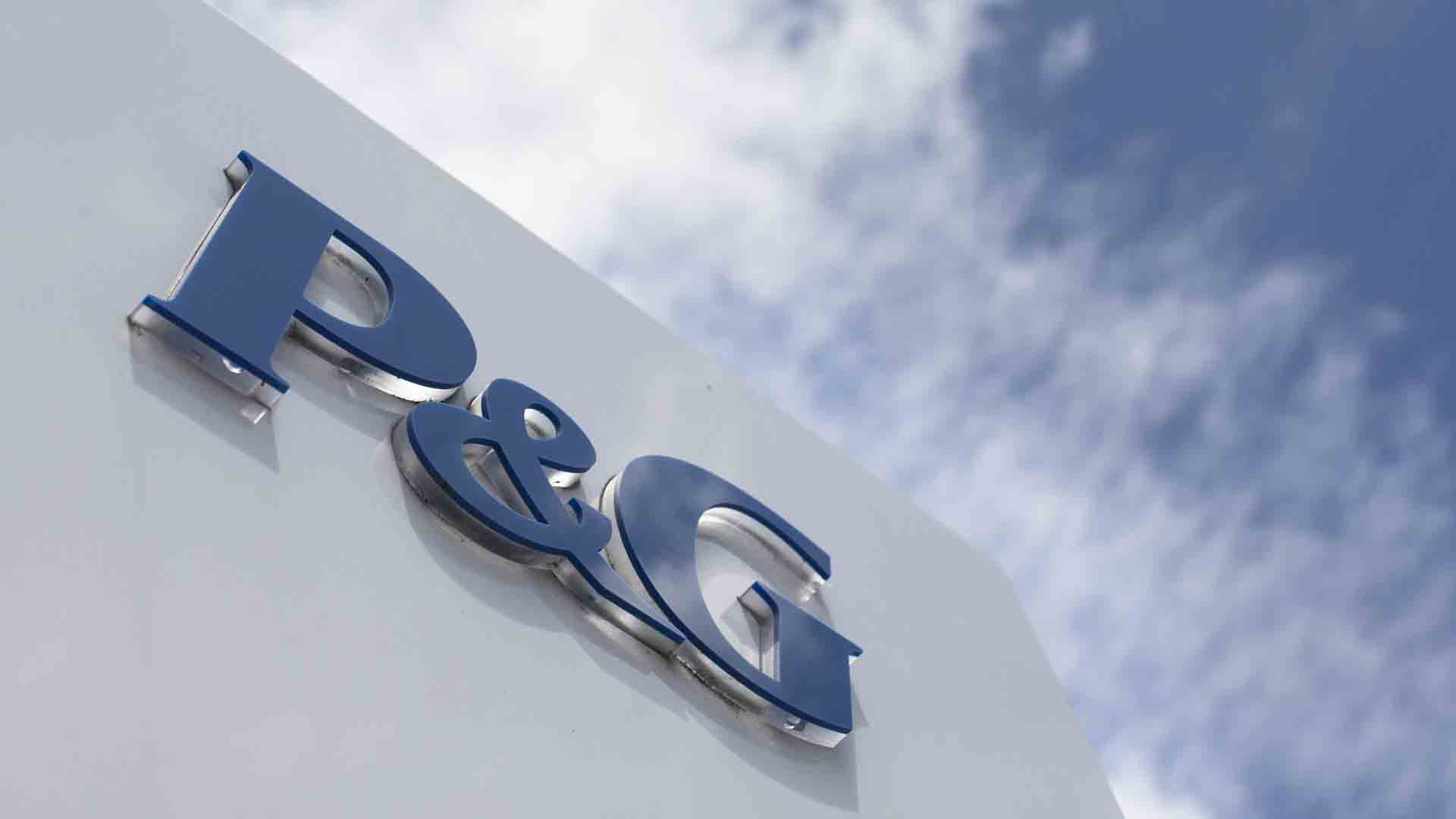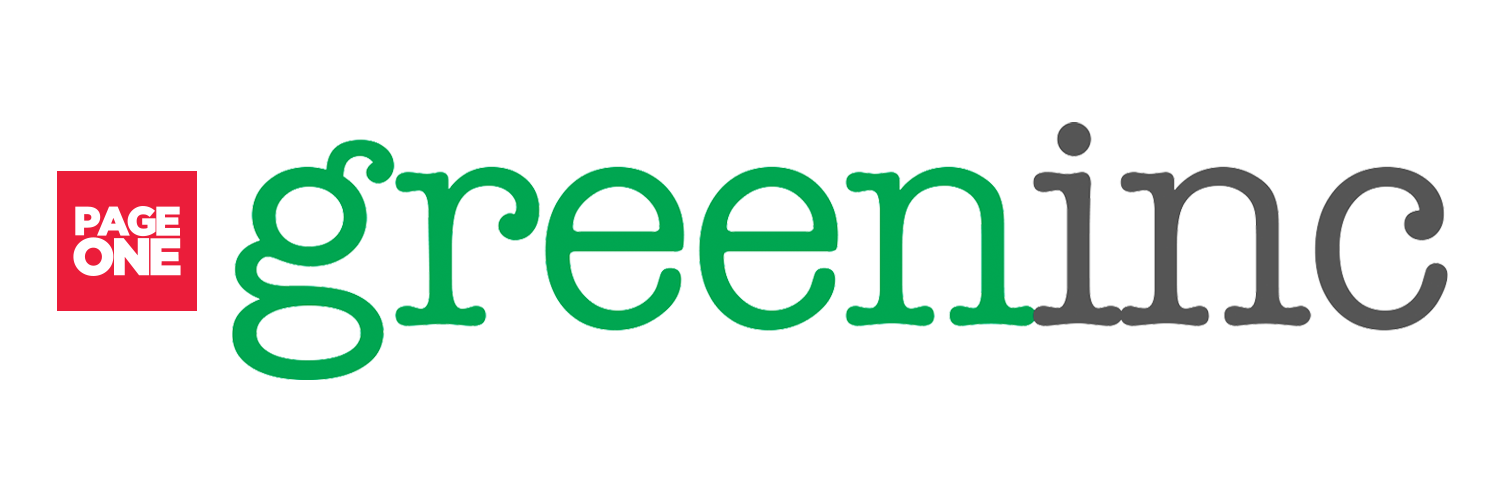Leading consumer goods company Procter & Gamble (P&G) has committed to a number of waste reduction goals, including cutting global use of virgin petroleum plastic in packaging by 50% by 2030. But many of the company’s most ambitious commitments to keep plastic out of rivers and oceans are being tackled in collaboration with other large multi-national players.
The most far-ranging partnership of its kind, The Alliance to End Plastic Waste, is a new CEO led, cross-sector, not-for-profit organization with a clear mission to develop, accelerate & deploy solutions, catalyze public & private investment and engage communities to help end plastic waste in the environment. P&G is a founding member of the Alliance, joining forces with 39 global companies from across the plastics value chain – companies that make, use, sell, process, collect and recycle plastics. With P&G President and CEO David Taylor as its Chairman, the Alliance member companies have collectively committed $1.5Bn over five years — working together to develop and bring to scale solutions to solve for infrastructure, education and engagement, innovation, and clean up efforts. The Alliance kicked off in January 2019, and recently held forums in Tokyo, Japan and Bangkok, Thailand to encourage more companies to join the effort.
“While efforts are global, the Alliance can have the greatest impact by focusing on parts of the world where the challenge is greatest—such as the Southeast Asia region where more than half of the world’s plastic waste have been found,” says Antoine Grange, CEO, Recycling and Recovery of SUEZ Asia and Alliance member.
Innovation at P&G’s core
P&G continues to develop products that appeal to environmentally concerned shoppers, such as the award-winning Tide Eco-Box. Introduced in the US, it’s an e-commerce package designed to contain less packaging, 60% less plastic and 30% less water in the product formula than the current 150oz Tide press-tap. Many P&G brands are making packages with a next life in mind, and continuously innovating with recycled plastic (PCR) to reduce our environmental footprint. Several P&G brands including Head & Shoulders, Fairy and Herbal Essences have introduced bottles containing recycled beach plastic, and other brands like Ariel, Lenor and Mr. Proper in Europe are increasing the amount of PCR in bottles to 50%.
Polypropylene is a type of plastic widely used in many food and consumer goods packages but it has very limited recycling options today. P&G invented a breakthrough technology that removes color, odor and contaminants from used polypropylene to restore it to ultra-pure recycled resin. To drive scale, we licensed the technology to PureCycle Technologies who recently completed construction of its Feedstock Evaluation Unit in Ironton Ohio. The PureCycle technology will someday be scaled up and result in a substantial increase in demand for waste PP, providing alternatives to landfilling so the material can be used again and again.
Global company, local efforts
P&G is one of the founding members of the Philippine Alliance for Recycling and Materials Sustainability (PARMS), a multi-stakeholder coalition committed to develop and implement a comprehensive program to increase resource recovery and reduce landfill dependence, leading towards a zero-waste Philippines. One of its projects includes constructing a 25 million peso residual plastic recycling facility that addresses the need to recycle flexible and low-value plastics such as sachets.
P&G has also partnered with World Vision to launch the “Pag-Asa sa Basura”, a school-based plastic collection program aimed at educating students and families, incentivizing their efforts and executing proper collection. The waste collection and recycling program will be implemented in several schools across Metro Manila, starting with the below sea-level city of Malabon.
As part of this program, 25 participating schools will be fitted with school-based material recovery facilities (MRF) that will collect solid waste materials including sachets and bottles. Students who will bring their waste to the center will receive incentives such as school supplies. Aside from upcycling collected plastics into school chairs and garbage bins, the program aims to make the system sustainable by empowering the students, teachers and the community through focused trainings that will strengthen the schools’ respective solid waste committees.
A Force for Good and for Growth
Setting ambitious environmental goals, leading solutions to help industry and consumers reduce overall environmental impact and investing in sustainable innovation are all ways that P&G intends to grow and create value. The effort is comprehensive, spanning P&G’s leadership brands, supply chains, employees and local communities. 92% of P&G’s manufacturing sites in Asia Pacific, India, Middle East and Africa are already qualified as a Zero Manufacturing Waste to Landfill (ZMWTL) centers and will reach 100% by 2020. Included in its roster of sites is the P&G Philippines manufacturing plant in Cabuyao, Laguna which has been ZMWTL-certified since 2017.
“Through these programs, P&G continues the drive to our Ambition 2030 goals which enable positive impact to the environment while always creating superior value for consumers and partners. We are both a force for good and a force for growth.” says P&G Philippines General Manager Rafael Fajardo. For more information about P&G’s Ambition 2030 goals, check out this Fact sheet.





















